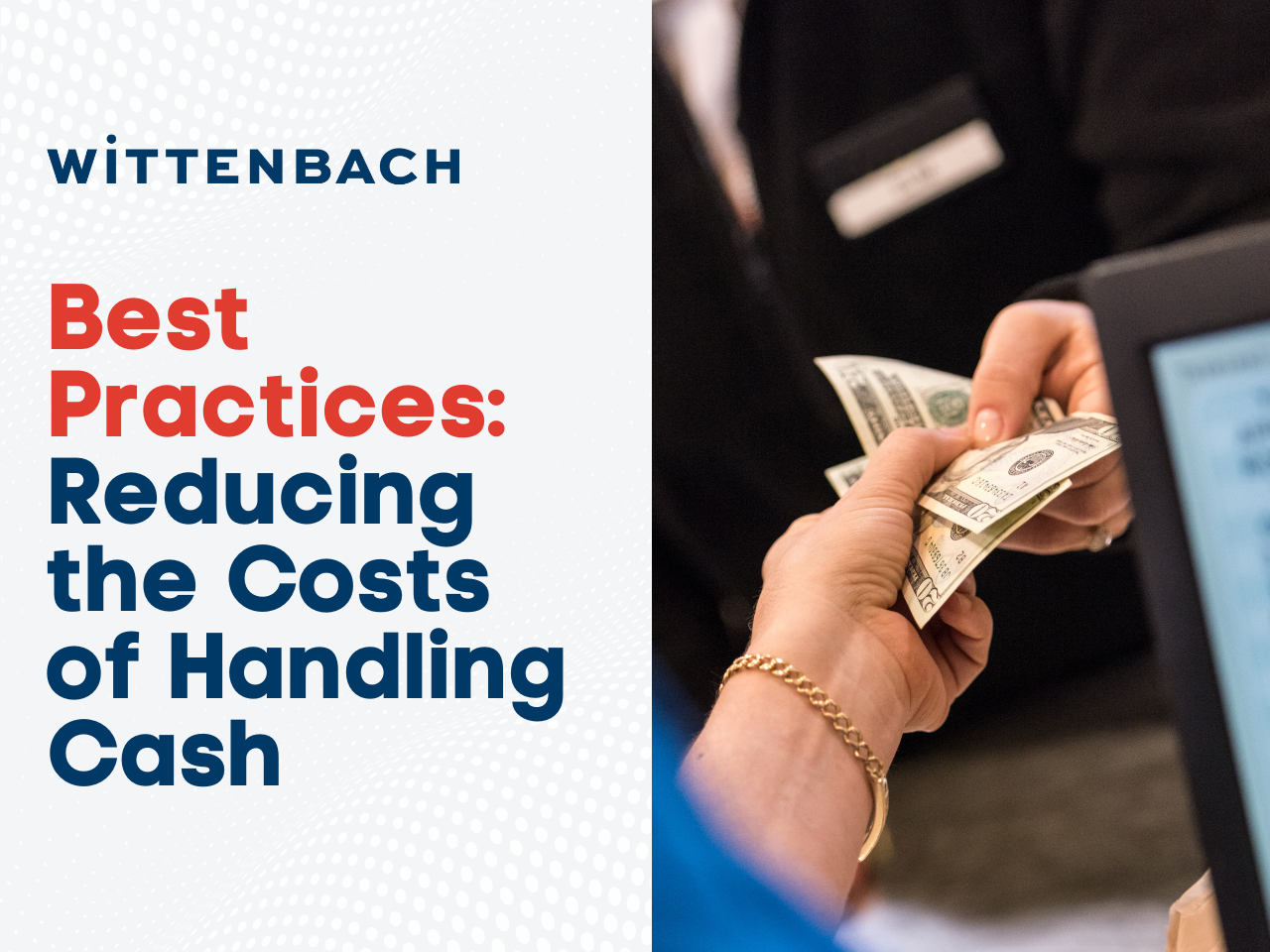What contributes to the cost of cash?
Since many geographies and demographics within the U.S. are particularly cash-heavy, it is important for financial institutions to understand the ways in which they can best service their clients while containing cash processing costs.
So who is using cash? CNBC says based on a study of over 6,000 participants, “Adults 50 and up are more likely to say they always have cash on hand, with 71%, versus 45% of adults under 50. […] Black and Hispanic adults were also more likely to say all or almost all of their weekly purchases are paid for in cash, with 26% and 21%, respectively. Just 12% of white respondents said the same.” An institution or retail business should understand how to best serve those using cash in their geographic area, and also how the cost of that cash processing will impact their branches and budgets.
Certain fixed costs, such as ATM (automated teller machine) and ITM (interactive teller machine) operations and maintenance, are necessary and cannot be eliminated or reduced. However, certain factors contribute to greater than necessary costs.
- Employee hours: The financial industry has not been exempt from the current labor shortage and rising wages, making many branches compete for talented employees. Per a Reuters article, “’The banking sector is not immune from the labor shortages and the trend of less people going into the industry due to the relative attractiveness of … other industries,’ said Mark Doctoroff, co-head of MUFG’s Global Financial Institutions Group.” It is costly and time-consuming when employees must manually count and handle cash, compounded by the market conditions mentioned.
In the retail sector, Transaction Trends advises, “Inefficient cash handling processes also cost valuable labor hours that could be spent providing products and services that make retailers more competitive, [an IHL Group report] said. At warehouse clubs and supercenter retailers, for example, cash handling costs on average 1,122.4 hours per month per store.
‘Although the percentage of cash transactions has been reduced over the years, the processes for handling cash have largely remained the same,’ said Greg Buzek, president of IHL Group, in a release. ‘Most often, retailers task the most expensive employees in the store to count and transport cash, which means these employees are not available for other, more profitable customer-facing transactions.’”
- Cash-in-transit (CIT): Per Security Today, “By definition, cash-in-transit (CIT) is the physical transfer of banknotes, coins, credit cards and items of value from one location to another. These locations may include cash centers, bank branches, ATMs, large retailers and other premises holding large amount of cash. The industry, however, is generally divided into two sectors: transaction processing and ATM servicing.” For branches that do not use cash recycling technology, their ATMs may need to be refilled daily or weekly by a CIT service, most commonly via an armored car—a recurring expense that adds up!
- Cash loss or theft: Tellermate says of the retail world, “Between 2018 – 2019 shrink cost $99.56 billion USD globally – a sobering amount. Of this overall figure, 22.95% was from theft, fraud, waste, abuse, or misconduct at Point of Sale. But outside of hard cash loss statistics, there’s often a hidden layer of the cost of cash that goes unreported – the actual expense of investigating these losses. It’s these costs that, often overlooked, can amount to a significant dent in profits.” While cash loss can be easily noticed, the source can be less so. The culprit can be dishonesty or sheer accident, but in either case cash loss is costly—and an investigation or prosecution even more so.
Best practices to reduce cash handling costs
- Empowering employee efficiency: While wages and staffing shortage are difficult to address, what can be addressed are the hours your employees spend on certain cash handling tasks. For example, a teller at a bank or credit union may spend time manually counting bills for withdrawals or deposits. Using a Teller Cash Recycler (TCR), a cash recycling machine, not only automates this process, but it can also improve accuracy and even remove fraudulent bills from circulation—freeing up your teller’s time to work on other value-adding activities.
- Reduced CIT replenishments: In addition to a cash recycling machine, using ATM or ITM machines with cash recycling machine technology, allows your branch easier cash fulfillment based on bills that are deposited into the machine by other customers. Your need for CIT replenishment drastically diminishes, and a bonus is that your ATM or ITM is less vulnerable, since armored car drivers will need to open it much less frequently.
- Loss prevention: In banks and credit unions, this can mean installing Network Video Recorder (NVR) systems such as the Verint EdgeVR to provide high-resolution camera surveillance and back data up to the cloud, in order to deter potential theft from would-be criminals both outside and inside the branch. In both financial and retail settings, a sturdy, government-tested time lock on safes and vaults such as the Kaba Mas Auditcon 2 series locks can also ensure that cash is treated correctly and not lost or stolen.
Conclusion
As long as cash is circulating, financial institutions and large retail businesses must rise to meet clients’ demand. As discussed above, there are many costs and risks that factor into handling cash—some obvious, and others subtler. Allow Wittenbach to help you equip your business or branch with the latest industry knowledge and tools to drive efficiency, delivering a return on your technology investments.




